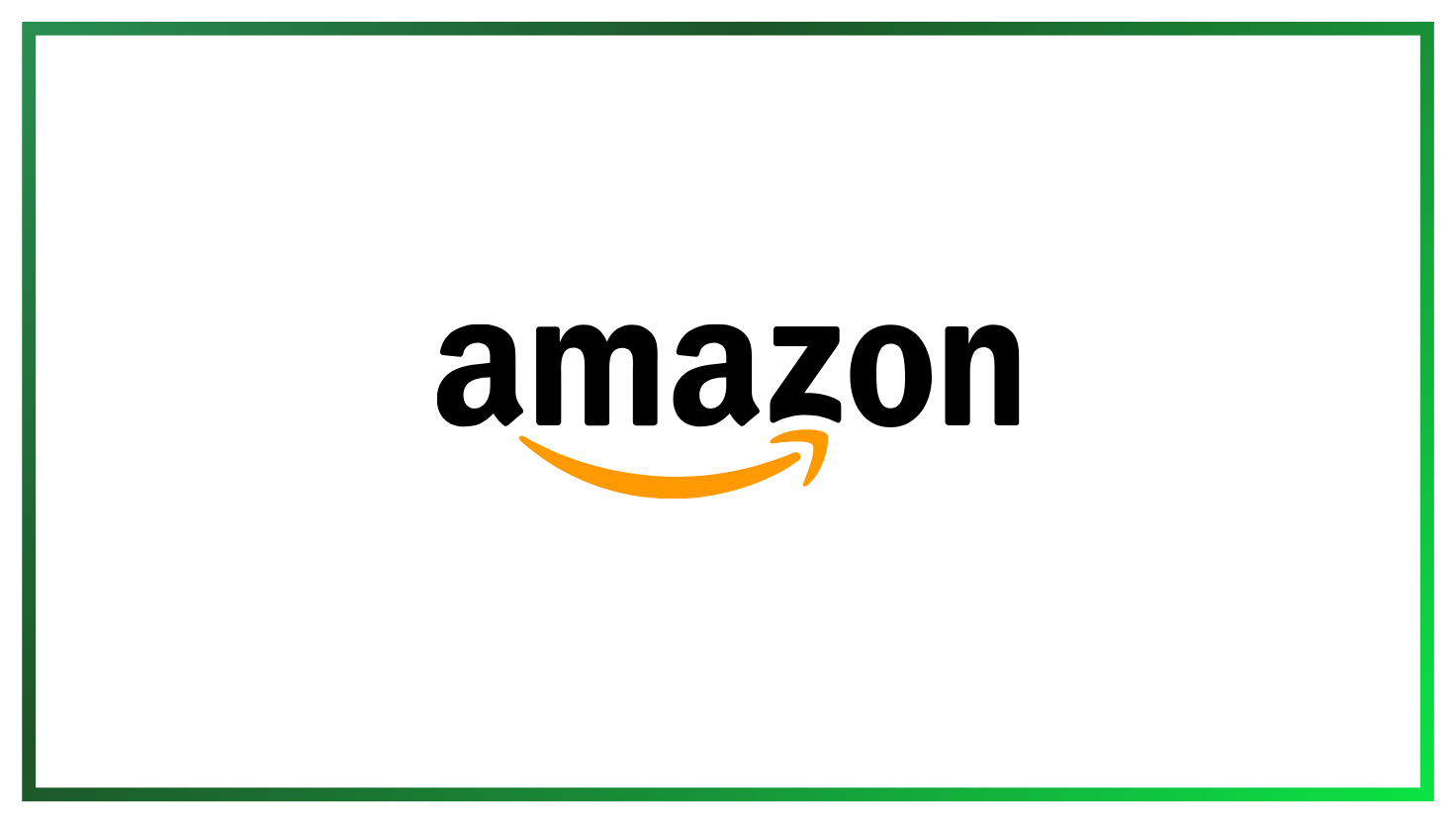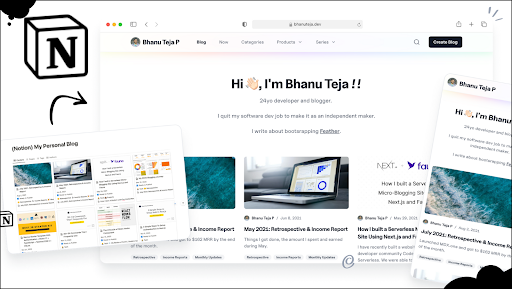How TrueCaller Quietly Solved the World’s Spam Call Problem — And Built a $2.5B Business
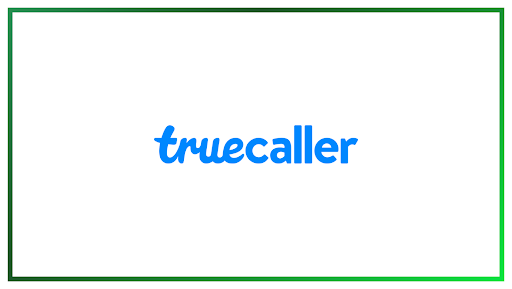
The Real Cost of Unwanted Calls in the Digital Economy
In the modern digital economy, spam calls aren’t just an annoyance — they’re an economic problem. According to the FTC, phone scams cost U.S. consumers nearly $19.7 billion in 2022 alone. The issue is even worse in emerging markets like India, Brazil, and Nigeria, where weak caller ID infrastructure and high loss aversion make people vulnerable to scams.
TrueCaller stepped in to turn this chaos into clarity — and created one of the most downloaded utility apps globally, with over 338 million active users and a valuation of $2.5 billion.
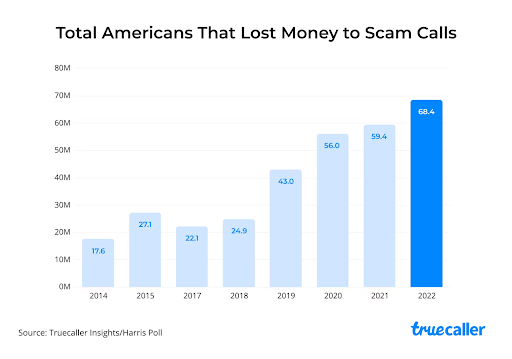
👥 The Frustration That Sparked a Global Solution
For Alan Mamedi and Nami Zarringhalam, two engineering students from Stockholm, the idea was personal. Growing up in immigrant households, they constantly received unknown calls from family abroad.
This was more than a nuisance — it was a universal problem waiting to be solved. Solving a fundamental user pain point is how you build real customer lifetime value.
🧩 The Crowdsourced Innovation That Scaled
With no deep-pocketed investors or shortcuts, TrueCaller’s founders bootstrapped their way to success. Their technical solution was simple but effective:
- They used a crowdsourced database where users voluntarily shared their contacts.
- Machine learning models analyzed calling patterns to flag spam.
- A global caller ID service evolved organically, making the product more useful the more people used it — creating a natural competitive edge and unbeatable scalability.
They achieved their first 10 million users without ads — just word of mouth.
🇮🇳 India: The Accidental Growth Engine
In 2014, TrueCaller discovered something unexpected: their largest user base was in India, despite zero marketing.
Why India?
Several economic and behavioral factors made India fertile ground:
- Indians were receiving 22 spam calls per month, almost double the global average (TrueCaller Spam Report, 2018).
- Telecom providers lacked proper caller ID services.
- Disposable income levels were rising, but users remained highly sensitive to fraud.
- Mobile adoption was accelerating, adding over 10M new users monthly (Counterpoint Research, 2017).
Additionally, cultural behaviors — like dependence on WhatsApp and local payment processors such as Paytm — revealed a mobile-first, trust-driven communication ecosystem.
🛠️ Localization: The Secret Sauce
TrueCaller didn’t just ride the wave; they localized the product deeply:
- Lightweight app builds for entry-level smartphones.
- Bandwidth optimization for users with costly data plans.
- Support for 11 Indian languages — a crucial move in a country with hundreds of dialects.
- Integration with Indian payment processors like Paytm for future product expansion.
- Participation in cultural events and partnerships with local smartphone makers like MicroMax.
This strategy led to significant market penetration. By 2017, they had crossed 100 million users in India — a market where Western apps typically struggle.
💸 Cracking Monetization & ROI
Initially, TrueCaller monetized through in-app ads — but this model hurt the user experience and provided poor ROI in low-ARPU markets like India and Nigeria.
In 2016, they pivoted to a freemium subscription model:
- TrueCaller Premium removed ads and offered enhanced caller ID features.
- They introduced tiered pricing based on Purchasing Power Parity (PPP) — pricing the product differently in markets like India, Nigeria, and Sweden.
They tested these models using A/B testing, balancing ad revenue, subscriptions, and business services like Verified Caller IDs.
The result:
- Higher customer lifetime value (CLTV).
- Lower churn in core markets.
- Improved operational efficiency by focusing on profitable markets.
By 2019, TrueCaller became profitable and scaled annual revenues beyond $100 million.
⚙️ Competitive Advantage in a Crowded Market
TrueCaller’s real competitive advantage wasn’t just data — it was their first-mover status, combined with deep localization and user trust. While Big Tech players like Google (Call Screen) and Apple (Unknown Caller Blocking) entered the space, their solutions lacked:
- Regional datasets.
- Language support.
- Cultural nuance.
TrueCaller’s machine learning models grew smarter over time, using billions of real call patterns to improve accuracy.
🌍 Expanding to Emerging Markets
TrueCaller applied a clear, data-driven strategy to global expansion:
- Prioritize countries with high spam call volumes.
- Focus on regions with low caller ID infrastructure.
- Adapt pricing to local purchasing power parity.
- Use partnerships with payment processors, telecom providers, and device manufacturers.
They replicated their Indian playbook in:
- Nigeria & Egypt (2016)
- Brazil & Mexico (2017)
- Indonesia & Malaysia (2018)
- U.S. immigrant communities (2019)
This approach maximized market share without overspending on user acquisition.
🤖 The Role of AI & Machine Learning
TrueCaller’s backend today is powered by sophisticated machine learning models that:
- Analyze call behavior patterns.
- Detect and flag new scam tactics in real-time.
- Optimize the app’s data usage and performance.
These systems underpin their price optimization strategy as well, adjusting Premium subscription rates by market to balance CLTV and acquisition costs.
🔥 The "Aha" Moment: When Users See Real Value
TrueCaller’s growth wasn’t fueled by pushy tactics. Their strategy centered around one thing: making sure users experienced value the very first time they used the app.
Once users saw the name behind an unknown number or blocked a spam call, the app became sticky — driving brand loyalty and viral growth.
This is how you build a product that scales without constant paid acquisition.
📥 Real-World Impact
Behind every business metric is a human story:
“TrueCaller saved my elderly mother from a Medicare scam,” shared Thomas R. from Florida.
“Unknown calls used to make me anxious. Now I feel safer,” said Priya S. from India.
“Our contact rate improved after we verified our business profile,” reported a Marketing Director from an e-commerce brand.
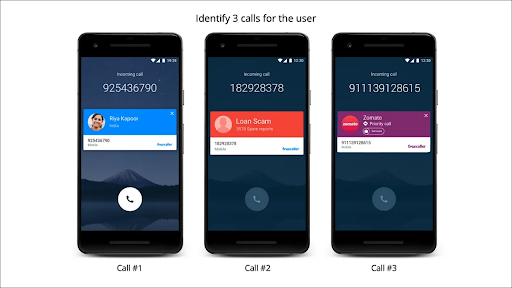
By 2024, TrueCaller had helped block over 56 billion spam calls globally.
🚀 The Takeaway for Entrepreneurs
TrueCaller’s success wasn’t flashy — it was thoughtful, patient, and data-driven. Here’s what entrepreneurs and product leaders can learn:
- Solve a universal pain point.
- Let real user data and behavior guide you.
- Use deep localization — not surface-level translation.
- Understand loss aversion in emerging markets.
- Apply A/B testing to refine business models.
- Be patient with monetization. Growth precedes revenue.
🎯 Final Thoughts
If you’re building a product in global markets, you can streamline your expansion strategy using tools like SurgeGrowth.io — which helps brands automate localized pricing, product listing localization, and regional market adaptation without wasting engineering resources.
TrueCaller’s journey proves that solving a basic, everyday problem — with cultural empathy, data, and discipline — can build lasting value.
If you're aiming to expand globally, focus first on how to make your product indispensable to people. The revenue and market share will follow.

